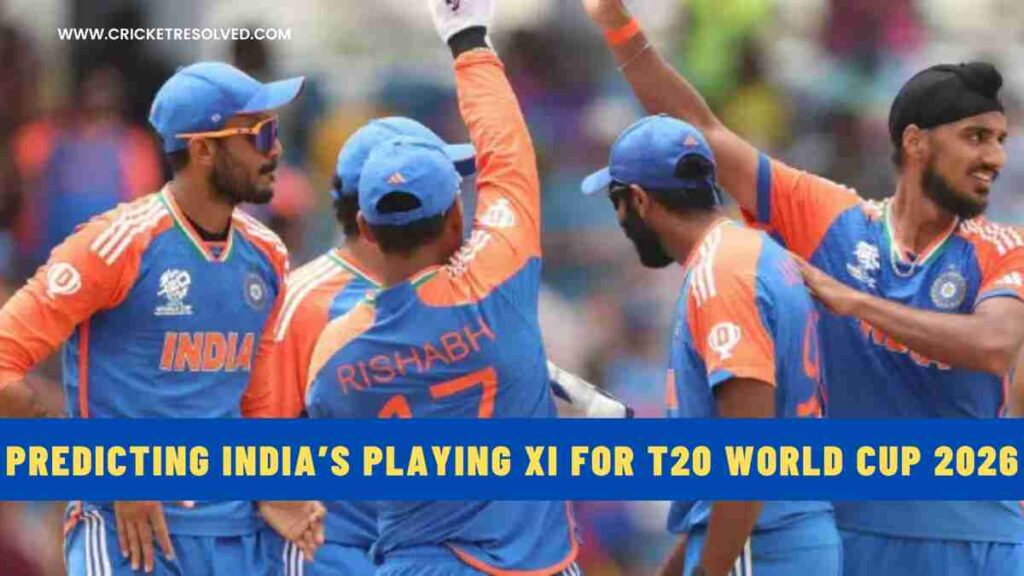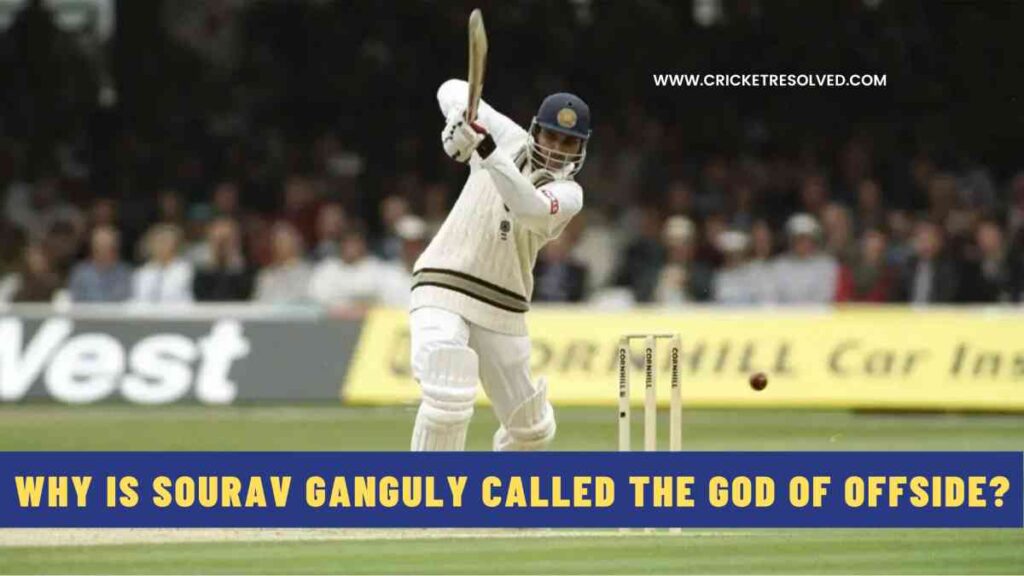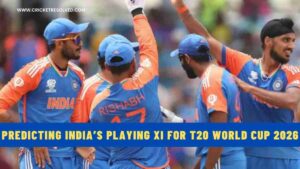Cricket and baseball, two iconic sports played in different parts of the world, have captivated millions of fans with their unique blend of athleticism, strategy, and excitement. While they may appear similar at first glance, there are significant differences that set them apart.
In this article, we delve into the world of cricket and baseball, exploring their similarities, differences, and uncovering fascinating aspects that connect these beloved sports.
Cricket: The Gentleman’s Game
Originating in England in the 16th century, cricket is often referred to as the “gentleman’s game” due to its emphasis on fair play, sportsmanship, and respect for opponents. Played between two teams of eleven players, the objective of cricket is to score runs by hitting the ball and running between the wickets, while the opposing team tries to dismiss the batters and restrict the scoring.
Also Read: A Beginner’s Guide to Understanding Cricket
Baseball: America’s Pastime
Baseball, considered America’s pastime, emerged in the mid-19th century and has since become one of the most popular sports in the United States and beyond. Played between two teams of nine players, the goal in baseball is to score runs by hitting the ball and completing a circuit around the four bases, while the opposing team attempts to make outs by fielding the ball and getting the batter or baserunners out.
Similarities between Cricket and Baseball
1. Batting and Fielding: Both sports involve a batter hitting the ball and running between bases/wickets. In cricket, the batter aims to score runs by hitting the ball and running between the wickets, while in baseball, the batter strives to reach the bases after hitting the ball.
2. Teamwork and Strategy: Both cricket and baseball require strategic thinking and teamwork. Field placements, bowling or pitching tactics, and coordination between players are crucial aspects that impact the outcome of the game.
3. Innings and Outs: Both sports are divided into innings or frames. In cricket, each team gets a turn to bat and bowl, while in baseball, the teams alternate between batting and fielding. Additionally, both sports employ the concept of outs or dismissals to end an inning or frame.
Also Read: Innings Break in Test Cricket – Explained
4. Origins and Evolution: Both cricket and baseball trace their roots back to bat-and-ball games played in different forms throughout history. They have evolved and gained popularity in their respective regions over the centuries.
5. Statistics: Both sports place great emphasis on statistical records and achievements. Batting averages, strike rates, home runs, and earned run averages are just a few examples of the statistical measures used to evaluate players’ performances.
6. International Competitions: Both cricket and baseball have their share of international competitions. Cricket has tournaments like the ICC Cricket World Cup and the Ashes series, while baseball has events like the World Baseball Classic and the Major League Baseball (MLB) World Series.
Also Read: ICC Cricket World Cup 2023: Schedule, Venues, and Key Matches
Differences between Cricket and Baseball
| Cricket | Baseball | |
|---|---|---|
| Gameplay Mechanics | The bowler tries to dismiss the batter by hitting the stumps. The batter defends the wicket and scores runs. | The pitcher tries to throw the ball past the batter, who tries to hit the ball into play. |
| Ball Type | Hard leather ball | Smaller, harder ball covered in cowhide |
| Ball Delivery | Bowled with an overarm action | Pitched with an underhand motion |
| Fielding Positions | Fielders can be positioned anywhere on the field, with specialized positions | Players have specific positions such as pitcher, catcher, infielders, and outfielders |
| Scoring System | Runs scored by running between the wickets, hitting boundaries (four runs) or over boundaries (six runs) | Runs scored by touching bases, with home runs allowing the batter and runners to score |
| Match Formats | Test matches (5 days), One-Day Internationals (50 overs), Twenty20 matches (20 overs) | Games lasting 9 innings |
| Game Flow | Slower-paced with longer periods of strategy development | Faster tempo with shorter bursts of action |
| Field Size | Larger fields, can vary in size | Standardized field dimensions |
| Equipment | Bat, ball, protective gear (helmet, pads, gloves), wickets | Bat, ball, glove, protective gear ( helmet, catchers’ equipment) |
| Popular Reach | Popular in countries like India, England, Australia, etc. | Popular in the United States, Japan, the Caribbean, etc. |
1. Gameplay Mechanics: The fundamental mechanics of cricket and baseball differ significantly. In cricket, the bowler aims to dismiss the batter by hitting the stumps, while the batter tries to defend the wicket and score runs. In baseball, the pitcher tries to throw the ball past the batter, who attempts to hit the ball into play.
2. Ball Type and Delivery: Cricket uses a harder, leather ball, while baseball employs a smaller, harder ball covered in cowhide. In cricket, the ball is bowled with an overarm action, whereas in baseball, the ball is pitched with an underhand motion.
Also Read: How is a Cricket Ball Made? Step-by-Step Process
3. Fielding Positions: The fielding positions in cricket and baseball are distinct. In cricket, fielders can be positioned anywhere on the field, and there are specialized positions such as slip, gully, and deep fielders. In baseball, players have specific positions, including pitcher, catcher, infielders (first baseman, second baseman, shortstop, and third baseman), and outfielders (left fielder, center fielder, and right fielder).
Also Read: The Cricket Fielding Positions – Explained
4. Scoring System: The scoring systems in cricket and baseball are significantly different. In cricket, runs can be scored by running between the wickets, hitting boundaries (four runs), or over boundaries (six runs). In baseball, runs are scored by touching bases, and home runs (hitting the ball out of the field) allow the batter and any runners to score.
5. Match Formats: Cricket offers various match formats, including Test matches (played over five days), One-Day Internationals (limited to 50 overs per team), and Twenty20 matches (limited to 20 overs per team). Baseball primarily has one format, with games lasting nine innings.
6. Game Flow: The pace and flow of cricket and baseball differ. Cricket matches are often slower-paced, allowing for longer periods of strategy development and gradual momentum shifts. Baseball has a faster tempo, with shorter bursts of action and frequent pitcher-batter duels.
7. Field Size: The dimensions of the playing fields in cricket and baseball also vary. Cricket fields can vary in size, but they are typically larger than baseball fields, which have standardized dimensions.
8. Equipment: The equipment used in cricket and baseball differs significantly. Cricket players use a bat, ball, protective gear (such as helmets, pads, and gloves), and wickets. Baseball players use a bat, ball, glove, and protective gear (such as a helmet and catcher’s equipment).
Also Read: Difference Between Red, White & Pink Cricket Balls – Explained
9. Popular Reach: While cricket enjoys immense popularity in countries like India, England, Australia, and several other nations, baseball is most popular in the United States, Japan, and the Caribbean. The geographical distribution and fanbase of the two sports differ significantly.
Also Read: 10 Reasons why Cricket is a Success in India
Conclusion
Cricket and baseball, while distinct in their rules and playing styles, share common ground in terms of their objectives, team dynamics, and the thrill they bring to fans worldwide.
Whether it’s the crack of the bat in baseball or the sound of leather on willow in cricket, these sports continue to captivate audiences with their rich history, passionate rivalries, and enduring appeal.
So, whether you’re a fan of the gentleman’s game or America’s pastime, there’s no denying the unique charm and excitement that both cricket and baseball offer to sports enthusiasts around the globe.
Read Next: All Types of Cricket Shots – The Ultimate Guide!









One Comment